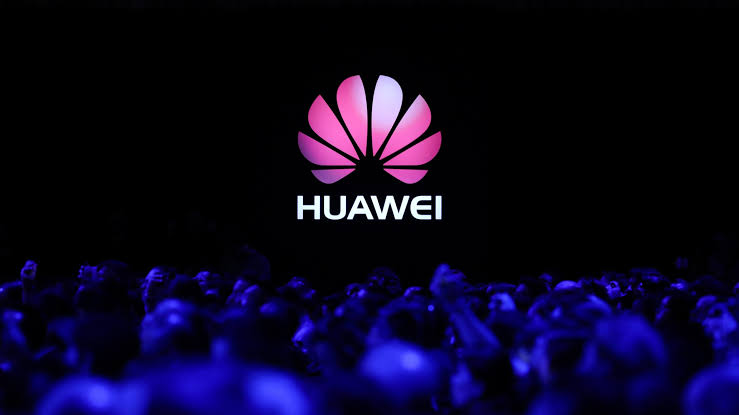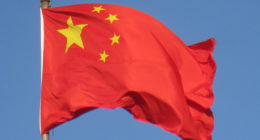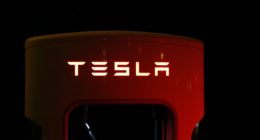The US-China trade war, which can trace it roots to spying allegations on China’s Huawei, has become a pain for the company. Not just the US, allies of the world’s largest economy have also had to ban it to show support. However, UK’s newly elected Boris Johnson government ins’t going the US way. The country announced today, that it will allow Huawei’s 5G equipment, even though it will be under restrictions and will be termed ‘high risk’.
The government said the package of restrictions being announced on “high risk” 5G vendors will allow it to “mitigate the potential risk posed by the supply chain and to combat the range of threats, whether cyber criminals, or state sponsored attacks”.
The ministry of UK sat down to find a solution that would raise safety for its telecom users and providers. In this meeting, it was decided that additional safeguards would be implemented and high risk vendors will be excluded from parts of telecom services that are crucial to safety. High risk vendors have been classified as those that pose greater security and resilience risks to UK telecoms networks.
The Prime Minister of the country headed a meeting of National Security Council (NSC), in which it was decided that National Cyber Security Centre (NCSC) should provide guidance to telecom providers on the issue of high risk vendors. The following draft was presented and agreed upon:
- Excluded from all safety related and safety critical networks in Critical National Infrastructure.
- Excluded from security critical ‘core’ functions, the sensitive part of the network.
- Excluded from sensitive geographic locations, such as nuclear sites and military bases.
- Limited to a minority presence of no more than 35 per cent in the periphery of the network, known as the access network, which connect devices and equipment to mobile phone masts.
The next step by the government will be legislating these proposed changes at the earliest available opportunity, thus putting itself in a place where it will have the power to check up on these high risk vendors.
It was also decided that high risk vendors will have a cap of 35% participation in the parts that are not deemed as sensitive or crucial to safety. The government is also trying to diversify the network, and is looking to implement changes that will encourage other vendors to enter the market. Therefore, the 35% cap that has been introduced will be under supervision, and can be reduced further if the need arises.
Now, Huawei will come under these rules and will be named high risk as opposed to a complete ban, as was being vociferously promoted by US president Trump and secretary of state, Mike Pompeo. While the Prime Minister’s decision is sure to start some new debates, it is courageous, as the Sino American cyber war should not be allowed to affect other countries.
UK isn’t the first US ally to have allowed Huawei for 5G in their country. A few months back, India took a similar decision when Ravi Shankar Prasad, the telecom minister said: “We have taken a decision to give 5G spectrum for trials to all players. 5G is future, it is speed. We will encourage new innovation in 5G.” He also added that an in-principle decision has been taken in this regard.
Huawei’s global footprint as the largest 5g vendor is considered a prime reason behind today’s decision. The Chinese telecom giant faces minimal to zero competition from the likes of European firms like Ericsson and Nokia. Thus, banning Huawei will only lead to slower roll out of 5G and hence, will be a step backwards.
Huawei has welcomed the decision wholeheartedly.





